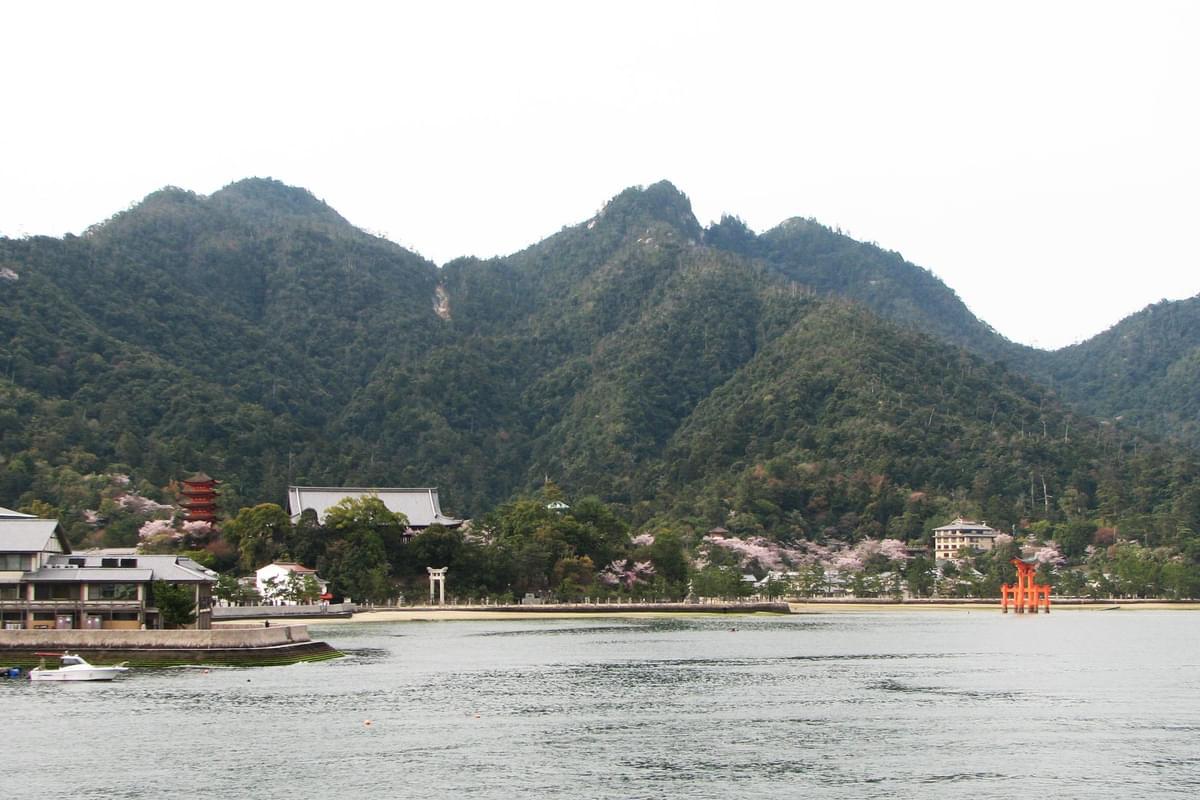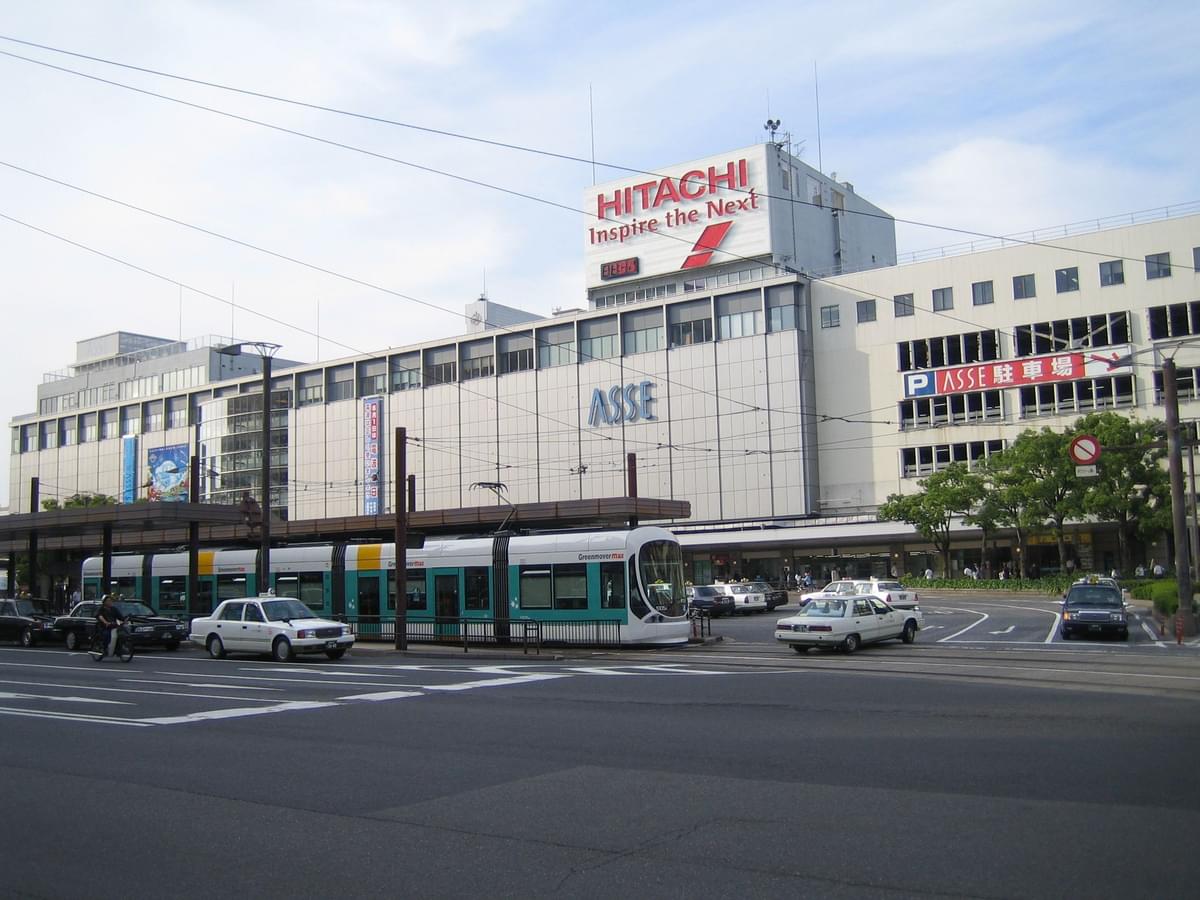
Top Things to Do in Hiroshima: History, Culture & Hidden Gems

Hiroshima is a city with the most important stages in Japanese history, which is famous worldwide due to the tragic events of 1945 and the amazing way of restoring its image. It presents the travellers with a combination of cultural sites, monuments, fusion food, concealed temples, and contemporary sites today. In the Peace Memorial Park and the Atomic Bomb Dome one moment, a spiritual island of Miyajima and bustling food streets, such as Okonomimura, the next, Hiroshima is filled with weight and urban vitality. Spring (March-May) is the best time to visit the city in case of the cherry blossoms, or in autumn (September-November) to see fall foliage and festivals. This Hiroshima travel guide 2025 includes history, culture, itineraries, dining tips, logistics and hidden gems to guide you on how to enjoy the city optimally.
At-a-Glance Hiroshima Travel Planning
Item | Quick Fact |
| Best time to visit Hiroshima | March-May (cherry blossoms), September-November (autumn foliage). Major events include the Hiroshima Flower Festival (May), Peace Memorial Ceremony (Aug 6), and Food Festival (Oct). |
| Currency & tipping | Japanese Yen (¥). Tipping is not customary and can be seen as disrespectful. |
| Language basics | Japanese is standard. English works at major sites, but uses a translation app for local shops. |
| Arrival hubs | Hiroshima Station (Shinkansen hub) and Hiroshima Airport (HIJ). For Miyajima, start at Miyajimaguchi. |
| Transport times | Hiroshima Station → Peace Park: 10-15 mins by tram. To Miyajimaguchi: 30-45 mins train/tram. Ferries run 06:00-22:00. |
| Useful passes | ICOCA IC card for local trams/buses. JR Pass for shinkansen. Day passes for city sightseeing. |
| Average hours & prices | Peace Memorial Museum: 8:30-18:00, last entry 17:30. Admission ~¥200 adults, ~¥100 students. |
| Accessibility | The Peace Park and the main museums are fully accessible. Miyajima ferries are accessible, though some temples are not. |
| Special bookings | Mazda Museum tours and Saijo sake brewery tours must be booked in advance. Packages from operators like Pickyourtrail handle logistics. |
Top Things to Do in Hiroshima: History, Culture & Hidden Gems
Peace Memorial Park & Museum
The heart of Hiroshima’s identity. Open 8:30-18:00 (last entry 17:30). Admission ~¥200 for adults, ¥100 for students, children free. Accessible with ramps and elevators.
Atomic Bomb Dome (Genbaku Dome)

A UNESCO World Heritage Site standing as a reminder of history. Best viewed at sunset along the river. Free entry.
Miyajima Island & Mount Misen

Ferries run 06:00-22:00. Visit Itsukushima Shrine and the iconic floating torii gate. Use the ropeway for a panoramic view from Mount Misen.
Hiroshima Station & Okonomimura

Hiroshima Station is the transport hub. Nearby, Okonomimura offers authentic Hiroshima-style okonomiyaki (layered savoury pancakes).
Pre-Booking Essentials
Book tours for the Mazda Museum and Saijo sake breweries in advance. ID may be required; accessibility varies.
Hidden Gems, Local Experiences & Food in Hiroshima
Mitaki-dera Temple
Quiet hillside temple with mossy stone steps and waterfalls. Best visited in autumn.
Setouchi Inland Sea Lookouts
Peaceful coastal views without Miyajima’s tourist crowds.
Neighbourhood Markets & Cafés
Eat and drink like a local at Hiroshima’s side-street food stalls and riverside cafés.
Saijo Sake District
Historic sake breweries in Higashihiroshima with guided tastings. Reservations required.
Hiroshima Attractions & Photography Guide
Attraction | Best Photo & Time | Visit Duration | Best Season | Accessibility |
|---|---|---|---|---|
| Peace Memorial Park & Museum | Cenotaph at sunrise | 2-3 hrs | Spring/Autumn | Fully accessible |
| Atomic Bomb Dome | Sunset by the riverbank | 20-40 mins | Year-round | Easy access |
| Miyajima & Mount Misen | Floating torii at tide shifts | Half-day+ | Spring/Autumn | Ferries are accessible; the shrine is uneven |
| Hiroshima Castle | Reflection in the moat | 1-1.5 hrs | Spring/Autumn | Grounds accessible |
| Shukkeien Garden | Pond reflections | 1 hr | Spring/Autumn | Walkable paths |
| Okonomimura | Grill action | 1 hr | Year-round | Stall access varies |
| Orizuru Tower | Evening cityscape | 1 hr | Year-round | Fully accessible |
| Mitaki-dera Temple | Mossy stone steps | 1-1.5 hrs | Autumn | Hilly, not fully accessible |
| Saijo Sake District | Brewery façades | Half-day | Year-round | Book ahead |
| Mazda Museum | Classic cars & assembly line | 2 hrs | Year-round | Accessible with booking |
| Hiroshima Museum of Art | Gallery interiors | 1-2 hrs | Year-round | Modern facilities |
| Hondori Arcade & Nagarekawa | Neon nightlife | 1-3 hrs | Year-round | Flat, easy |
Conclusion
Hiroshima is a city of memory, strength and strong cultural life today. Hiroshima has everything to offer to the traveller, from the A-bomb Peace Memorial Hiroshima to the spiritual grace of Miyajima, as well as the Hiroshima finally has a flavour of its own, markets and hidden temples. Whether visiting on a half-day layover or a multi-day Hiroshima itinerary, this city is as traditional as it is modern and boasts as much energy as few other destinations do. Book your Hiroshima tour package today!
Traveller FAQ: Hiroshima Travel Guide 2025
What is Hiroshima most famous for?
Hiroshima is widely known throughout the world due to the Atomic Bomb Dome and Peace Memorial Park, but it also has Miyajima Island, Hiroshima Castle, and a rich food culture.
What is the most appropriate time to visit Hiroshima?
Cherry blossoms bloom in the spring (March-May) and foliage and festivals in the fall (September-November).
Should I book attractions in Hiroshima beforehand?
Yes. Mazda Museum and Saijo sake brewery tours need to be booked in advance.
What are the local foods that I need to visit in Hiroshima?
Hiroshima-style okonomiyaki, fresh oysters, momiji manju, and domestic sake.
What route then takes me to Miyajima at Hiroshima?
A train or a tram to Miyajimaguchi and then a ferry (06:00-22:00).
Is Hiroshima tourist-friendly to people with low mobility levels?
Certain attractions, such as Peace Park, museums and ferries, are also available in wheelchair friendly locations. The steps of some temples, such as the Mitaki-dera, are steep.
Update your location?



